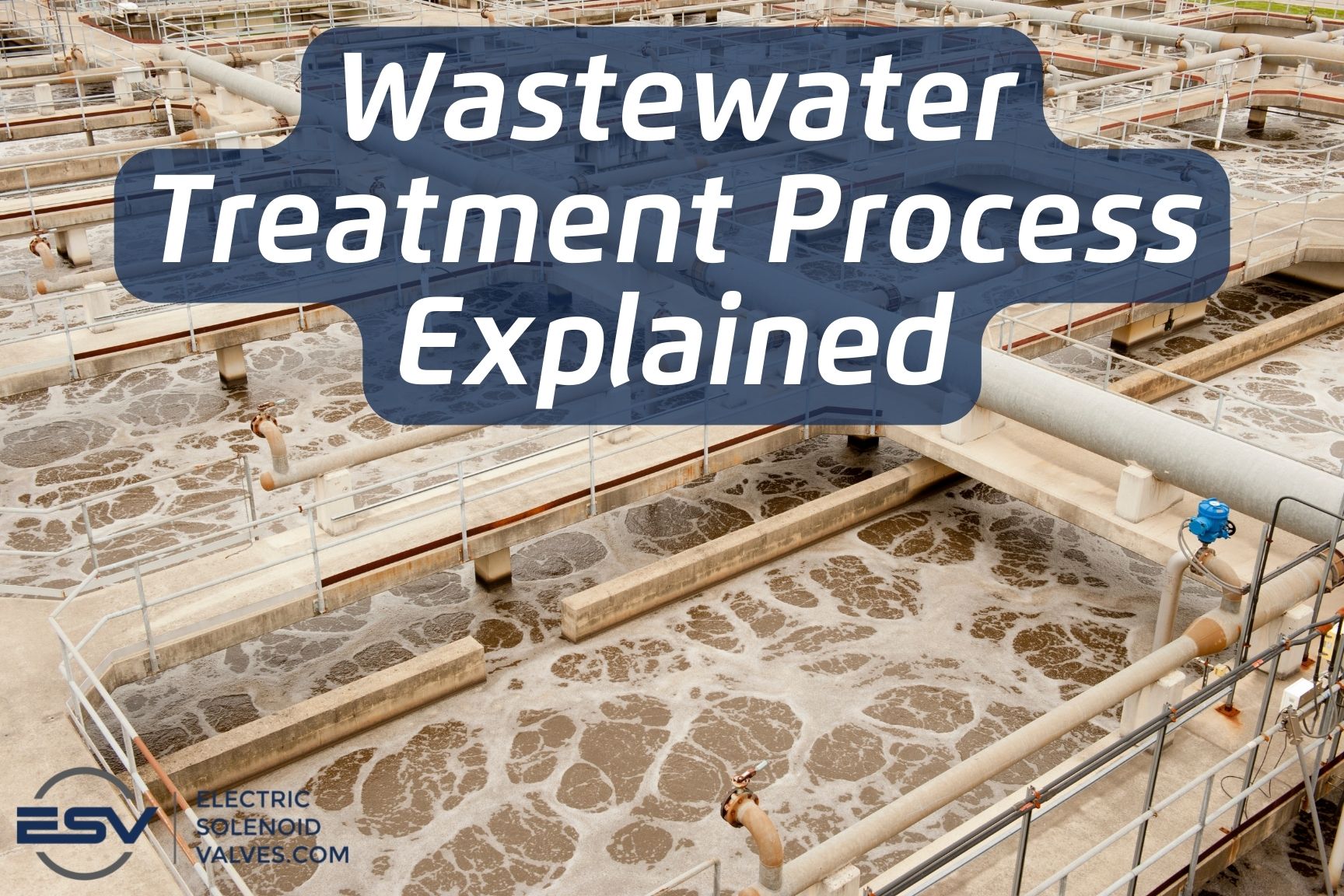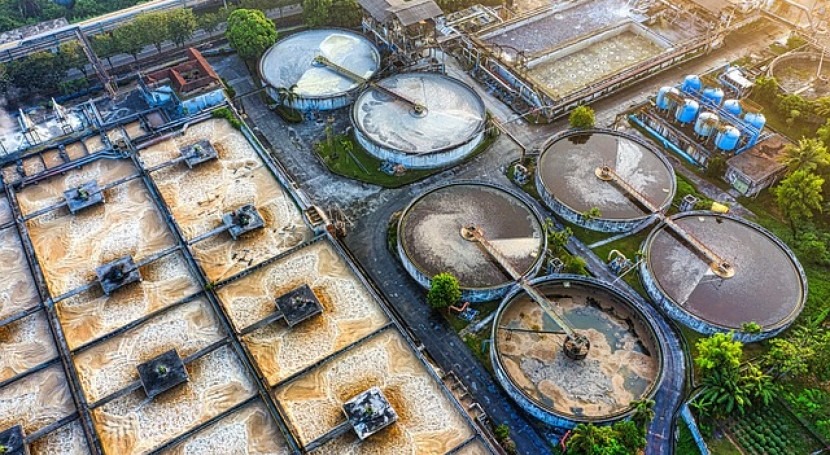Strategic Approaches to Enhance Drainage Treatment Performance and Minimize Environmental Effect
In the world of drainage treatment, the quest for boosted performance and minimized ecological effect is a continuous difficulty that demands calculated services. As culture grapples with the vital to manage water resources sustainably, a nuanced approach ends up being important. The combination of innovative therapy technologies, energy-efficient processes, resource healing methods, improved nutrient elimination strategies, and clever surveillance and control systems stands for a multifaceted framework for resolving these pressing issues. Nonetheless, what exists at the core of this facility internet of methods is the possible to reinvent the method we approach waste water treatment, not just as a procedure of disposal, however as a useful possibility for innovation and environmental stewardship.
Advanced Treatment Technologies
Cutting-edge membrane layer filtration systems have actually changed innovative wastewater therapy processes, considerably enhancing the removal of impurities. These innovative systems operate forcibly water via a semi-permeable membrane, efficiently separating contaminations from the water stream. The membrane's tiny pores trap pollutants such as germs, viruses, and put on hold solids, enabling only purified water to pass through. This technology has verified to be very efficient in eliminating a vast array of pollutants, including drugs, heavy steels, and natural compounds, which are often challenging to remove via traditional treatment techniques.
In addition, membrane layer filtering systems provide countless benefits over conventional therapy strategies. In addition, these systems are extremely versatile and can be quickly integrated right into existing treatment plants or made use of as standalone systems for decentralized applications.
Energy-Efficient Procedures
The assimilation of energy-efficient processes in wastewater therapy systems is vital for enhancing resource usage and reducing functional prices. By implementing energy-efficient technologies, therapy plants can substantially decrease their carbon footprint and overall ecological effect. One crucial method to improving energy efficiency in wastewater therapy is the use of sophisticated aeration systems, such as great bubble diffusers or surface aerators, which can boost oxygen transfer effectiveness and minimize energy consumption. Furthermore, integrating power recuperation systems, like anaerobic food digestion for biogas manufacturing or making use of excess warmth for thermal procedures, can aid balance out energy needs and promote sustainability.
Additionally, enhancing process control and automation via making use of advanced sensing units and checking systems can enhance general energy effectiveness by adjusting operations in real-time based upon real need and problems. Implementing energy audits and consistently monitoring energy efficiency indications are crucial techniques to recognize locations for renovation and track energy-saving efforts successfully. On the whole, the fostering of energy-efficient procedures in wastewater treatment not only profits the setting yet likewise contributes to long-lasting expense financial savings and functional sustainability.
Resource Recovery Strategies
With an emphasis on maximizing resource application and sustainability in wastewater treatment systems, the execution of source recuperation techniques becomes a crucial facet in enhancing operational effectiveness. Resource healing methods in wastewater treatment include the identification and extraction of important resources from the waste stream, consequently turning what was when considered waste right into a useful asset. By implementing source healing methods such as nutrient removal and recovery, power generation from raw material, and the manufacturing of recyclable water, wastewater treatment plants can reduce environmental impact while optimizing effectiveness.

Boosted Nutrient Removal Methods
Executing advanced nutrient elimination strategies is necessary for optimizing the performance of wastewater therapy systems. Boosted nutrient removal plays a vital duty in decreasing the ecological influence of cured effluent discharged into water bodies. Among the vital methods utilized for enhanced nutrient elimination is the procedure of biological nutrient elimination (BNR), which includes the elimination of nitrogen and phosphorus with biological procedures. This can be accomplished through using specialized bacteria that can convert nitrogen substances into inert nitrogen gas with denitrification, and build up phosphorus within their cells through a procedure called boosted biological More Info phosphorus removal (EBPR)

In addition to BNR, advanced treatment approaches such as membrane layer bioreactors (MBRs) and constructed wetlands can additionally be used to boost nutrient elimination performance. By including these sophisticated nutrient elimination methods into wastewater treatment communities, systems and markets can effectively lower Read More Here nutrient air pollution and secure the atmosphere.
Smart Tracking and Control Solution
Using sophisticated innovation, the combination of smart monitoring and control systems changes the functional effectiveness of wastewater treatment facilities. These systems include sophisticated sensors and information analytics to constantly keep track of key criteria such as pH degrees, turbidity, liquified oxygen, and circulation prices in real-time. By accumulating and assessing this information, drivers can obtain valuable understandings right into the efficiency of the treatment procedures, allowing proactive changes to maximize treatment performance.
Smart monitoring and control systems additionally support remote tracking capabilities, enabling drivers to gain access to real-time information and control functions from off-site locations. This remote accessibility boosts functional versatility and responsiveness, enabling quick interventions in case of system breakdowns or changes in influent top quality. Additionally, the anticipating maintenance abilities of these systems assist prevent devices failures and decrease downtime, eventually boosting the overall reliability of wastewater therapy procedures (Waste Water Treatment).
Conclusion
Finally, critical approaches such as sophisticated therapy modern technologies, energy-efficient procedures, source recovery techniques, boosted nutrient elimination techniques, and clever monitoring and control systems play a crucial function in enhancing wastewater therapy effectiveness and minimizing ecological influence. By executing these strategies, wastewater treatment plants can enhance their total performance, reduce energy intake, recoup beneficial sources, and make sure compliance with ecological find out here policies. These approaches are crucial for efficient and sustainable wastewater management practices.

In conclusion, calculated methods such as advanced treatment innovations, energy-efficient processes, resource recuperation strategies, boosted nutrient removal methods, and clever monitoring and control systems play a crucial function in boosting wastewater treatment effectiveness and decreasing environmental effect.
Comments on “Essential Steps in Community Waste Water Treatment Plants”